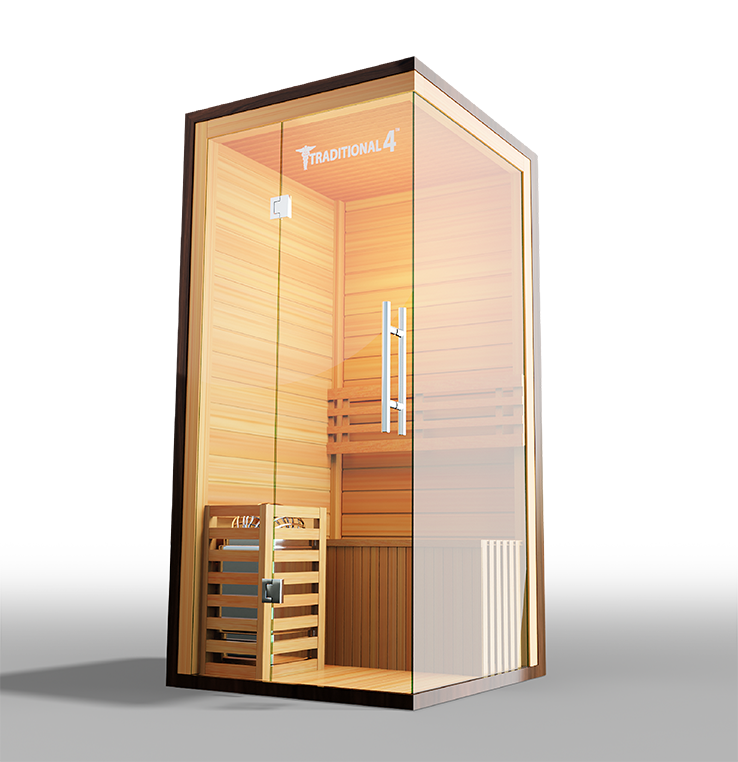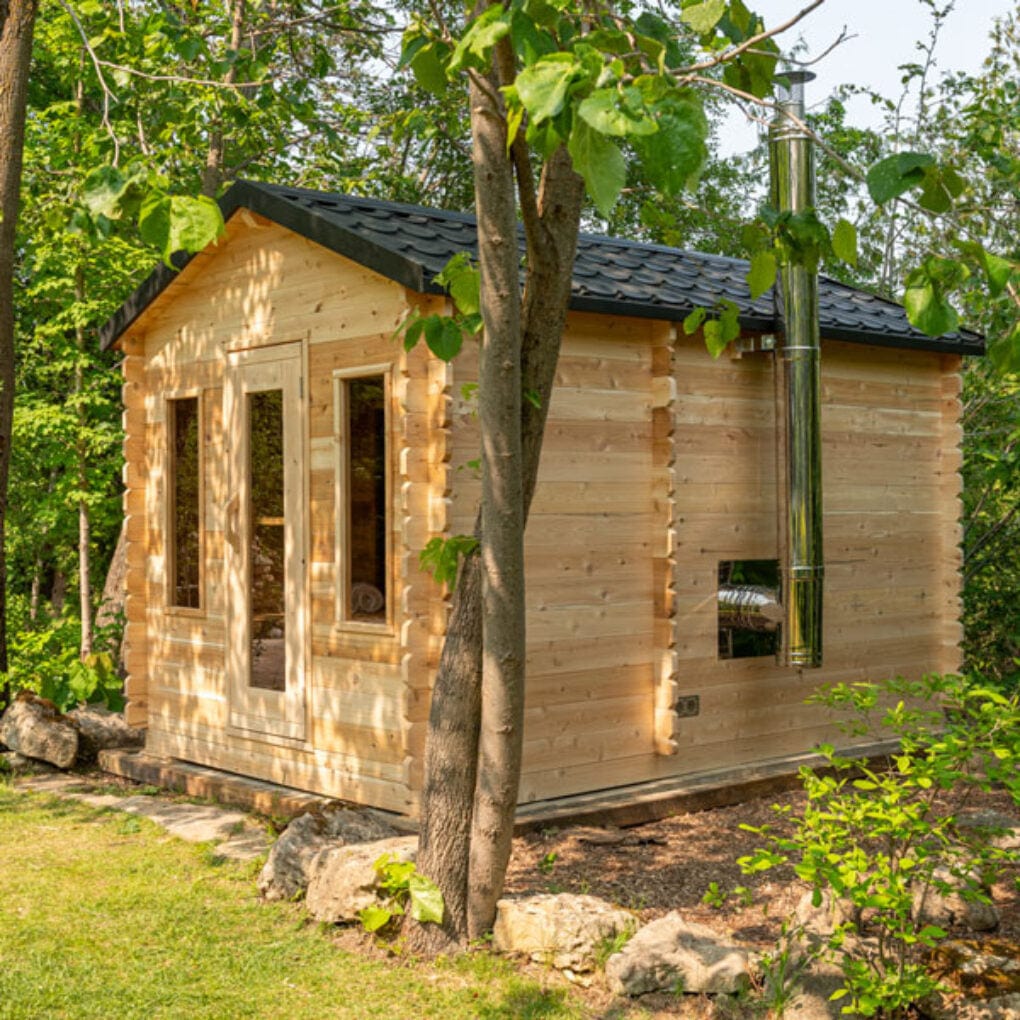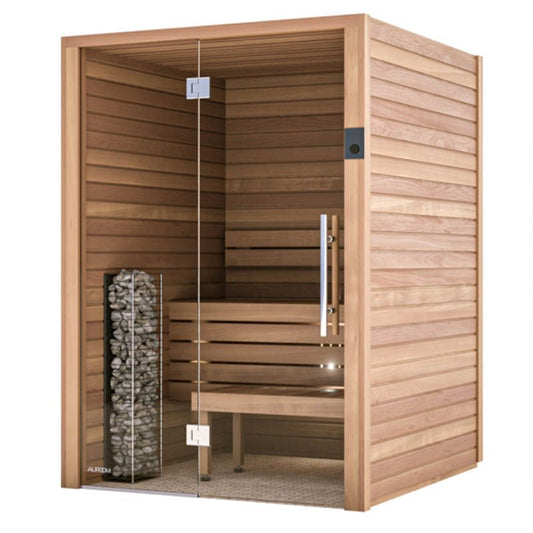The smart Trick of Traditional Sauna That Nobody is Discussing
Table of ContentsSome Known Factual Statements About Traditional Sauna The 6-Second Trick For Traditional SaunaTraditional Sauna Can Be Fun For AnyoneGet This Report about Traditional SaunaTraditional Sauna - The Facts
A lot of the weight shed in a sauna is water loss and is re-gained upon rehydrating. Without an uncertainty sauna can be an important component of a healthy weight loss program. To check out the differences in between traditional and IR saunas, I will divide these right into proven, theoretical, and made distinctions.Therefore, the best factor in the saunawhich goes to the ceiling directly over the sauna heateris generally in between 185 and 190 F. Claims that a conventional sauna exceeds 200 F is just not real and not relevant for electrical saunas sold in the United States. The temperature for a far-infrared sauna is usually set between 120 and 140 F; nonetheless, unlike the typical sauna, the objective in and IR space is not to accomplish a high temperature.

When a typical sauna has actually been appropriately warmed, the sauna walls are warm, the air temperature has actually achieved set temperature and the rocks are very warmed. As an intriguing side note, the warmed wall surfaces and the rocks are giving off far-infrared warm, incorporated with the warmed air, to create an "wrapping up warm".
The Best Strategy To Use For Traditional Sauna
When the heat is achieved, the aspects cycle on and off to preserve the high temperature level. Many traditional sauna users delight in pouring water over the rocks to produce vapor to increase sauna humidity levels. The benefits of putting water over the rocks consist of: making the room a lot more comfy, moistening the nasal flows, and enabling the use of aromatherapy by mixing crucial oils with the water.

When the energy goes into the body, it triggers the body temperature to enhance and eventually causes sweating. In an infrared sauna it is necessary for the emitters/heaters to continue to be on virtually constantly. Considering that there is no mass of rocks to maintain warm, the sauna will cool if the emitters turned off.
Little Known Facts About Traditional Sauna.
As discussed over, the sauna bather in an infrared space desires to place himself in front of running emitters to get maximum gain from the warm. click here for more info The home heating time for both spaces can be extremely different, relying on how the areas are utilized. For a conventional sauna, a bather must allow 30-40 mins for the room to attain a preferred temperature and to effectively pre-heat the rocks.

A well constructed sauna will usually attain a temperature level of 150-160 F website here in about 30-40 minutes. For hotter temperatures, the area may require to warm for a longer period.
To some, 15 minutes was "squandered" while the infrared energy warmed the timber panels as opposed to heating up a body, while others discover a pre-heated space to be a lot more comfortable and think a raised beginning temperature is essential to start perspiring. The length of suggested use for every space is around the very same (10-15 mins per session); nonetheless, as a result of the reduced air temperatures and the capability to feel the effects of infrared warm much faster than a conventional sauna, it is not unusual for an individual to spend a total amount of 20-30 mins in an infrared sauna.
Some Known Factual Statements About Traditional Sauna

The average cost per kWH of electricity in the U.S. is approximately $0.11, so a 4.5 kW heater will cost around $.50 to compete one hour, if the heating system runs constantly for one hour. Generally a sauna heating unit will certainly run for 75% of the very first hour and 50% of succeeding hours on since the aspects cycle once the established temperature level is achieved.
A two individual far-infrared area is usually physically smaller sized than a traditional sauna, typically regarding 4' x 4' or smaller sized. The IR heating unit is generally 1.5-1.7 kW utilizing a 120 volt 15 amp plug-in solution. Given that the room can be used quicker than a sauna area, we will certainly think the area is used for to of an hour including warm up time.
Lastly, there is a hardly ever reviewed difference in the social experience between the two spaces. While our culture has lost a few of the social benefit of the standard sauna experience, it can be very socially rewarding (Traditional Sauna). From family time in the sauna, to heart-felt conversations with loved ones, to sauna partiesthe traditional sauna experience can lead to intimate interacting socially
Traditional Sauna Things To Know Before You Buy
Many greater end infrared spaces consist of colored light therapy, sound systems and full-glass fronts.